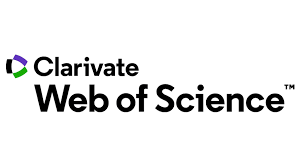Ataev Boris M.,
Doctor of Philology, Professor, Chief Researcher
G. Tsadasa Institute of Language, Literature and Art
Dagestan Federal Research Center of the Russian Academy of Sciences
e-mail: bm_ataev@mail.ru
https://orcid.org/0000-0001-9241-9412
Researcher ID: ABE-4800-2021
Ibragimova Mariza O.,
Doctor of Philology, Associate Professor, Leading Researcher
G. Tsadasa Institute of Language, Literature and Art
Dagestan Federal Research Center of the Russian Academy of Sciences
e-mail: mariza71@mail.ru
https://orcid.org/0000-0003-3910-3923
Researcher ID: AAZ-6686-2020
The lack of special sociological research on the spheres and scales of functioning of Dagestan languages in an urban environment, forecasting language processes in the youth environment, determined the relevance of the topic of the article. Sociolinguistic research conducted in the conditions of Dagestan’s multilingual urban environment is also convenient for typological modeling of ethnolinguistic life and developing an optimal set of solutions for predicting the development of events in this area. The study aims to determine the prospects for the development of the linguistic situation in the Republic of Dagestan based on monitoring the sociolinguistic characteristics of the young urban population formed in a multilingual environment. The analysis of statistical data is based on questionnaires from 146 respondents-citizens aged 18 to 25 years old, covering three blocks of questions covering the problems of young citizens’ attitude to their native language; assessing the correlation of functions of Russian and national languages; the role of the language legislation of the Russian Federation in ensuring the uniform functioning of languages. The analysis allows us to conclude that there is an imbalance between Russian and national languages in the distribution of social roles, which affects the importance and prestige of each of the contacting languages. The fact that respondents found it difficult to answer questions from the field of assessment of state language policy and legislation allows us to characterize the insufficient role of the language legislation in ensuring the uniform functioning of languages. In general, the high level of linguistic patriotism shown by young citizens in answering questions about their attitude to their native language makes it possible to predict the relative vitality of Dagestan languages.
Keywords: linguistic situation, Dagestan languages, linguistic diversity, urban language environment, vitality of Dagestan languages
The research was financially supported by RNF (project No. 25-28-20170), https://rscf.ru/project/25-28-20170/25-28-20170
References
1. Mutalov R.O. Sotsiolingvisticheskaia situatsiia v sovremennom Dagestane // Mir nauki. Sotsiologiia, filologiia, kul’turologiia. 2021. T. 12. No. 4. S. 1–7.
2. Bitkeeva A.N. Model’ sotsiolingvisticheskogo prognozirovaniia i aktual’nye tendentsii iazykovoi politiki v regionakh Rossii // Novye issledovaniia Tuvy. 2022. No. 4. S. 38–52.
3. Bitkeeva A.N., Khokholova I.S., Filippova V.V. Model’ iazykovoi komfortnosti v gorodskom prostranstve: novye aspekty i metody issledovaniia // Novye issledovaniia Tuvy. 2023. No. 3. S. 151–170.
4. Kaplunova M.Ya. Sotsiolingvisticheskie stsenarii iazykovogo razvitiia kak stimul dlia monitoringa iazykovoi situatsii v Rossiiskoi Federatsii // Sotsiolingvistika. 2023. No. 4 (16). S. 53–69.
5. Ataev B.M., Ibragimova M.O. Natsional’no-iazykovaia politika v Dagestane: sovremennoe sostoianie i perspektivy // Severo-Vostochnyi gumanitarnyi vestnik. 2020. No. 3 (32). S. 126–132.
6. Ataev B.M., Ibragimova M.O. Spetsifika iazykovoi situatsii v mnogoiazychnom areale (na primere Rutul’skogo raiona Respubliki Dagestan) // Novye issledovaniia Tuvy. 2022. No. 4. S. 106–113.
7. Kirilenko S.V. Osobennosti iazykovoi situatsii v Respublike Dagestan i nekotorye perspektivy ee razvitiia // Mir nauki, kul’tury, obrazovaniia. 2021. No. 6 (91). S. 484–486.
8. Kirilenko S.V. Primenenie statisticheskikh metodov v sotsiolingvisticheskikh issledovaniiakh: izuchenie vzaimosviazi mezhdu peremennymi // Mir nauki, kul’tury, obrazovaniia. 2021. No. 5 (90). S. 265–267.

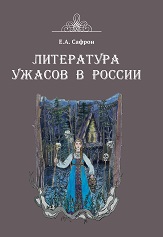
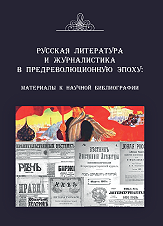
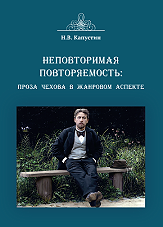
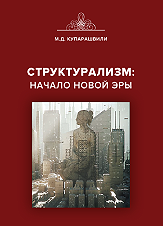
.png)
